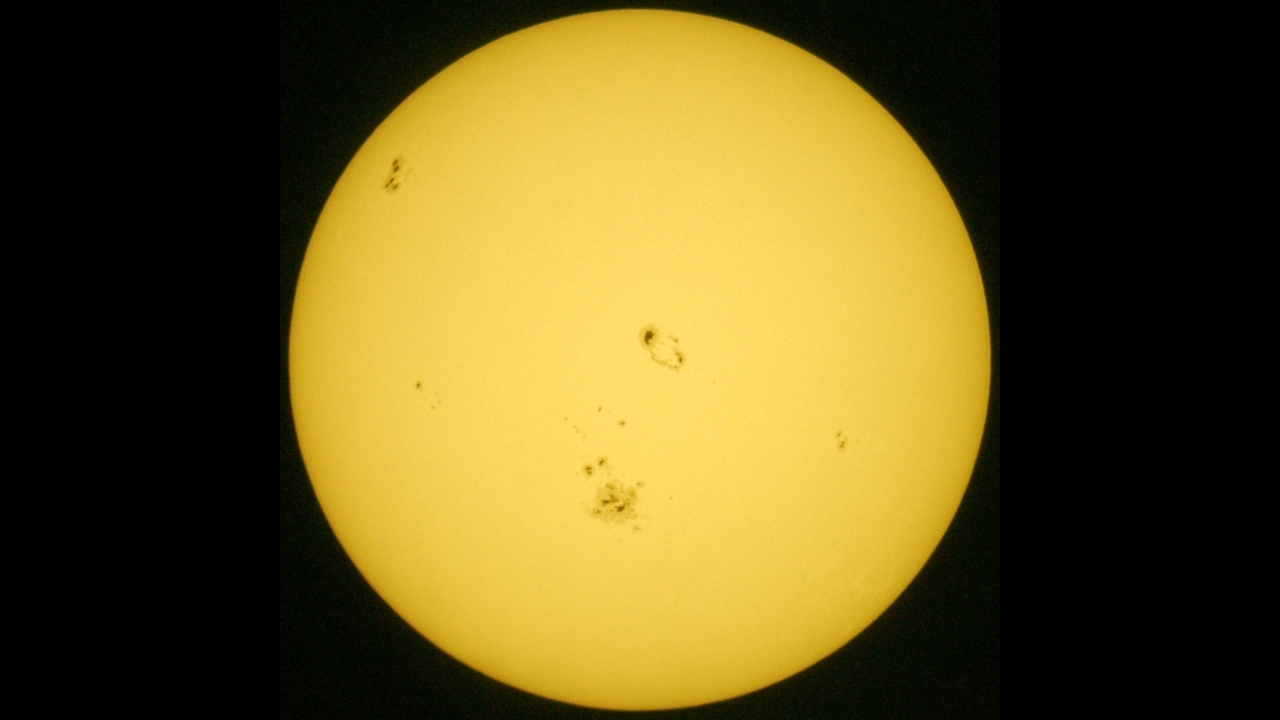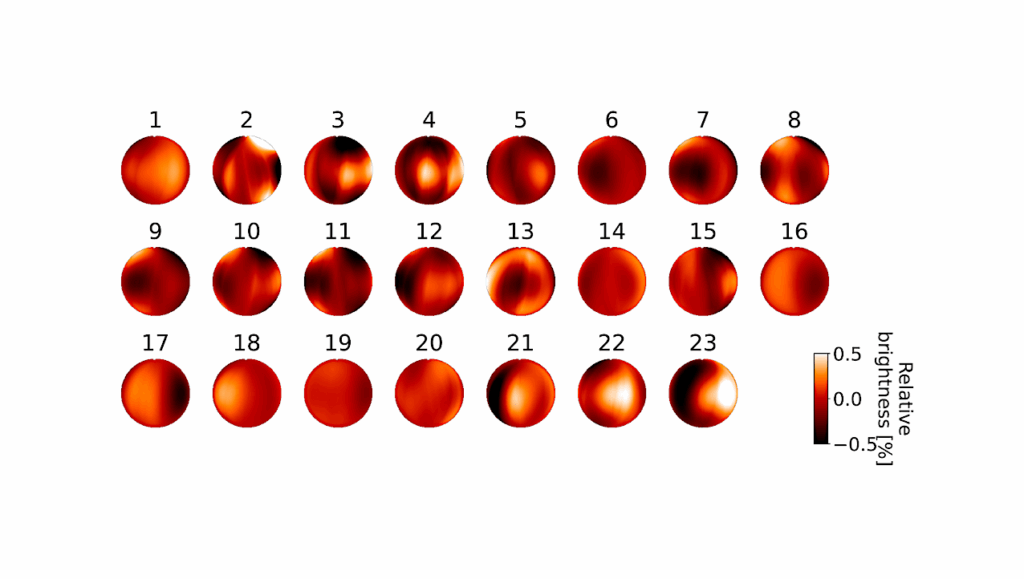Our Sun Is A Normal Star After All

With data from the Kepler (NASA), Gaia (ESA) and SOHO (NASA/ESA) satellites, a team, led by Instituto de Astrofísica e Ciências do Espaço (IA2) researcher ngela Santos, seems to have put an end to the idea that the Sun might not be a regular “sun-like” star. The results were published today in Astronomy & Astrophysics.
This work, led by a researcher from the Instituto de Astrofísica e Ciências do Espaço, seems to put to bed the idea, which gained strength in the last few years, that the Sun was not a standard “solar type” star
Although it might seem odd to try to find out if the Sun is a sun-like star, Angela Santos, a researcher from IA’s “Towards a comprehensive study of stars” team at the University of Porto, explains the problem: “In the community, there is an ongoing debate on whether the Sun is a “sun-like” star. In particular, about its magnetic activity, several studies suggested that stars similar to the Sun were significantly more active”. But, in this researcher’s opinion: “the problem doesn’t seem to be with the Sun, but with the stars classified as “sun-like”, because there are several limitations and biases in the observational data and the inferred stellar properties”, adds Santos.
For this work, the team chose several stars with similar properties to the Sun. The team used a new stellar properties catalogue, from Kepler data, plus some Gaia data and the team’s rotation period and magnetic activity index catalogue. The stellar data were compared with data of activity from the last two solar cycles, from the VIRGO/SPM instrument aboard the SOHO spacecraft.
One of the studied stars, chosen from the Kepler catalogue, was lovingly named “Doris” by the astronomers. In a previous work, the team had already observed that Doris’ cycle amplitude was twice that of the Sun for the latest solar cycles, even though Doris has similar properties to the Sun. Santos explains that “the difference was the metallicity. Our interpretation is that the effect of metallicity, which leads to a deeper convection zone, produces a more effective dynamo, which leads to a stronger activity cycle”.
For this work, when the team selected stars similar to Doris, without considering metallicity in the selection, they found an excess of high metallicity stars. “In our selection, the only parameter that could lead to this excess is the rotation period. In particular, Doris had a longer period than the Sun. And, in fact, we found evidence of a correlation between the rotation period and metallicity”, says Santos.
The two studies have consistent results, because stronger magnetic activity means that the magnetic braking process leads to a slower rotation period, which explains why Doris rotates slower than the Sun, despite being very similar and slightly younger than the Sun.
Angela Santos concludes: “What we found is that, although there are stars which are more active than the Sun, the Sun is indeed a completely normal sun-like star.”
Notes
The team is: A.R.G. Santos, S. Mathur, R. A. García, A.-M. Broomhall, R. Egeland, A. Jiménez, D. Godoy-Rivera, S. N. Breton, Z. R. Claytor, T. S. Metcalfe, M. S. Cunha and L. Amard.
Instituto de Astrofísica e Ciências do Espaço (IA) é a instituição de referência na área em Portugal, integrando investigadores da Universidade de Lisboa, Universidade de Coimbra e Universidade do Porto, e englobando a maioria da produção científica nacional na área. Foi avaliado como “Excelente” na última avaliação de unidades de investigação e desenvolvimento organizada pela Fundação para a Ciência e Tecnologia (FCT). A atividade do IA é financiada por fundos nacionais e internacionais, incluindo pela FCT/MCES (UIDB/04434/2020 e UIDP/04434/2020).
The article “Temporal variation of the photometric magnetic activity for the Sun and Kepler solar-like stars”, was published today in the journal Astronomy & Astrophysics Vol.672, A56 (DOI: 10.1051/0004-6361/202245430).
Astrobiology








